The US and China have agreed the framework of a potential trade deal that will be discussed when their respective leaders meet later this week, the US trade secretary has said.
Scott Bessent told the BBC’s US news partner CBS that this included a…
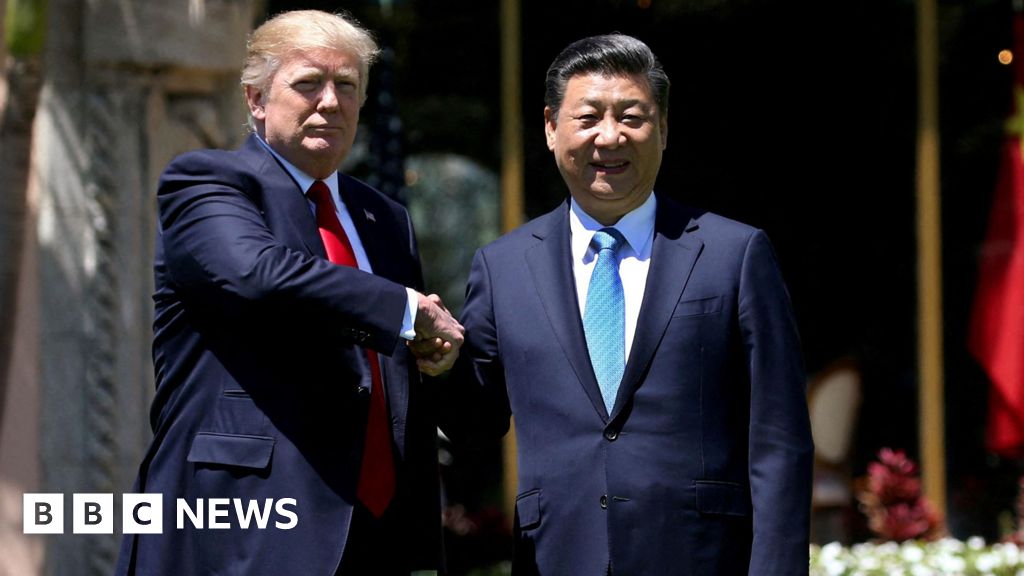
The US and China have agreed the framework of a potential trade deal that will be discussed when their respective leaders meet later this week, the US trade secretary has said.
Scott Bessent told the BBC’s US news partner CBS that this included a…

This next update is a game changer
NurPhoto via Getty Images
Whisper it quietly, but there’s a serious issue at the heart of Android. Google’s success with Pixel has exposed a disconnect with the world’s most popular OS. That’s good news…

The FIS Alpine Ski World Cup men’s season got underway on Sunday (26 October) with the giant slalom on the Rettenbach Glacier in Sölden, Austria, and Marco Odermatt wasted no time reminding the field why he remains the standard-bearer in the…

Borna Bošnjak
If there was one thing that ArtyA has made a little (but impressively executed) niche for itself in, it would be novel uses of sapphire as a watch case material. If there…
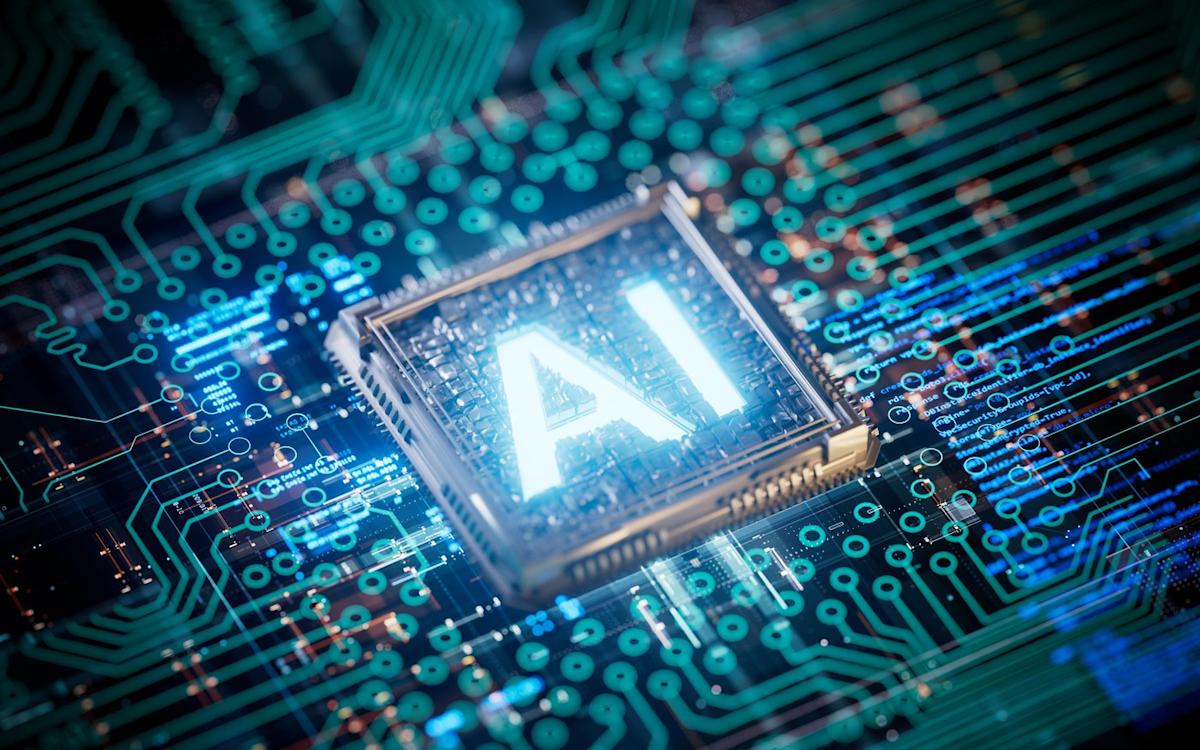
AI data centers typically operate at 20 to 40 kilowatts per rack, with designs targeting 50 to 100 kilowatts or more; however, many can’t break ground because the grids lack sufficient capacity.
Power bottlenecks favor physical infrastructure companies over software optimization.
These businesses capture spending before chips get installed, creating revenue tied to AI deployment regardless of architecture.
10 stocks we like better than Vertiv ›
Artificial intelligence (AI) has an energy problem that software can’t solve. Racks of Nvidia H100-class systems commonly run 20 to 40 kilowatts, and many new AI designs target 50 to 100 kilowatts or more with liquid cooling. The result: Hyperscalers are choosing data center locations based on power grid capacity rather than tax breaks or fiber access, and utility companies are scrambling to upgrade transmission infrastructure that wasn’t designed for industrial computing loads.
This power constraint is creating winners in unglamorous businesses. Thermal management specialists are designing cooling for unprecedented heat densities. Electrical equipment makers are building distribution gear that stabilizes sudden graphics processing unit (GPU) power surges. Specialty contractors are constructing transmission lines that must be completed before facilities can break ground.
These three AI infrastructure plays capture unavoidable costs that scale with every new AI cluster, regardless of which chip architecture ultimately dominates.
Vertiv (NYSE: VRT) designs and manufactures thermal management systems, power distribution units, and turnkey modular data center halls for AI deployments. The company’s cooling solutions address the challenge of AI racks that commonly run 20 to 40 kilowatts, with many designs targeting 50 to 100 kilowatts or more compared to the 5 to 15 kilowatts traditional server racks produce, requiring both air-cooled and liquid-cooled architectures.
Q3 2025 results showed strong performance, with raised full-year guidance reflecting order backlog tied directly to AI infrastructure builds. The equipment sales model creates multiyear revenue visibility as cooling systems require regular maintenance and eventual replacement, while new data center construction drives incremental demand from hyperscalers, colocation providers, and enterprise customers.
Eaton (NYSE: ETN) manufactures electrical power distribution equipment, backup power systems, and control software for commercial and industrial customers, including data centers. The company’s data center portfolio includes uninterruptible power supplies, power distribution units, switchgear, and busway systems that manage electricity from the utility connection down to individual server racks.

At last month’s Earl Scruggs Music Festival, the Wood Brothers might have seemed a tad out of left field for a gathering dedicated to the late bluegrass picker. And yet, the same could be said whenever the trio is on a bill at a jam-band…
Plenty of folks have recreated the infamous Rocky scene where Sylvester Stallone memorably started the day off by necking five raw eggs.
Although consuming this yellow concoction has become something of a health trend online, a lot of people…
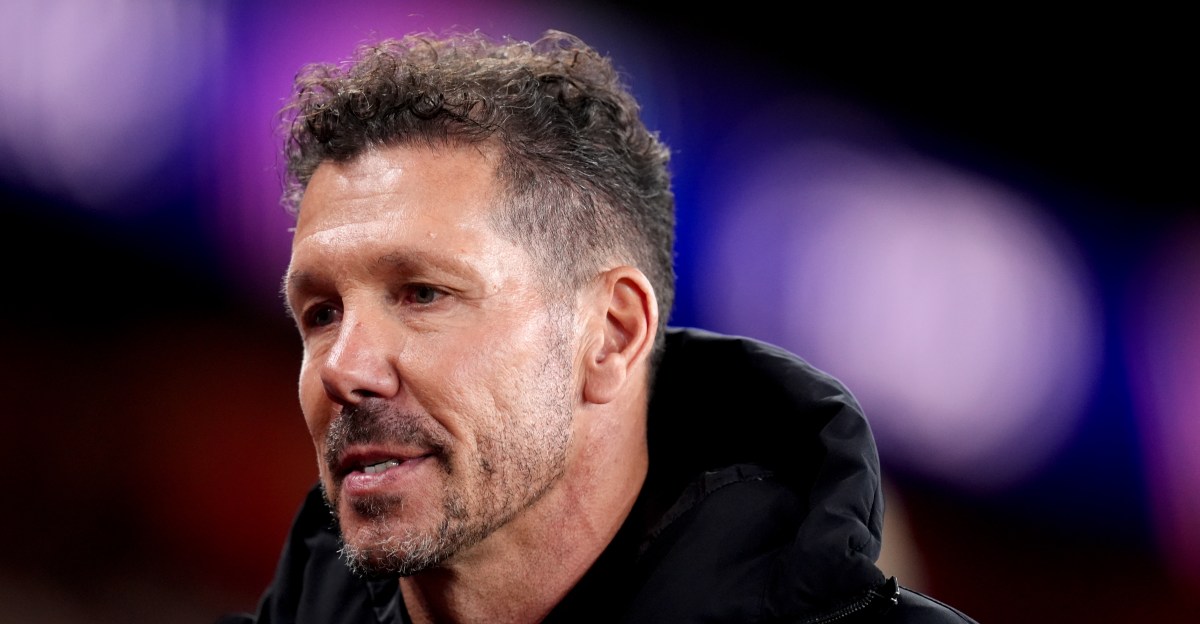
Atlético Madrid coach Diego Simeone was quizzed on Sunday by the media before he takes him to La Cartuja for a Monday night showdown with Real Betis. Simeone responded bluntly when he was questioned about how every bad result brings speculation…

Published on: Oct 26, 2025 07:47 pm IST
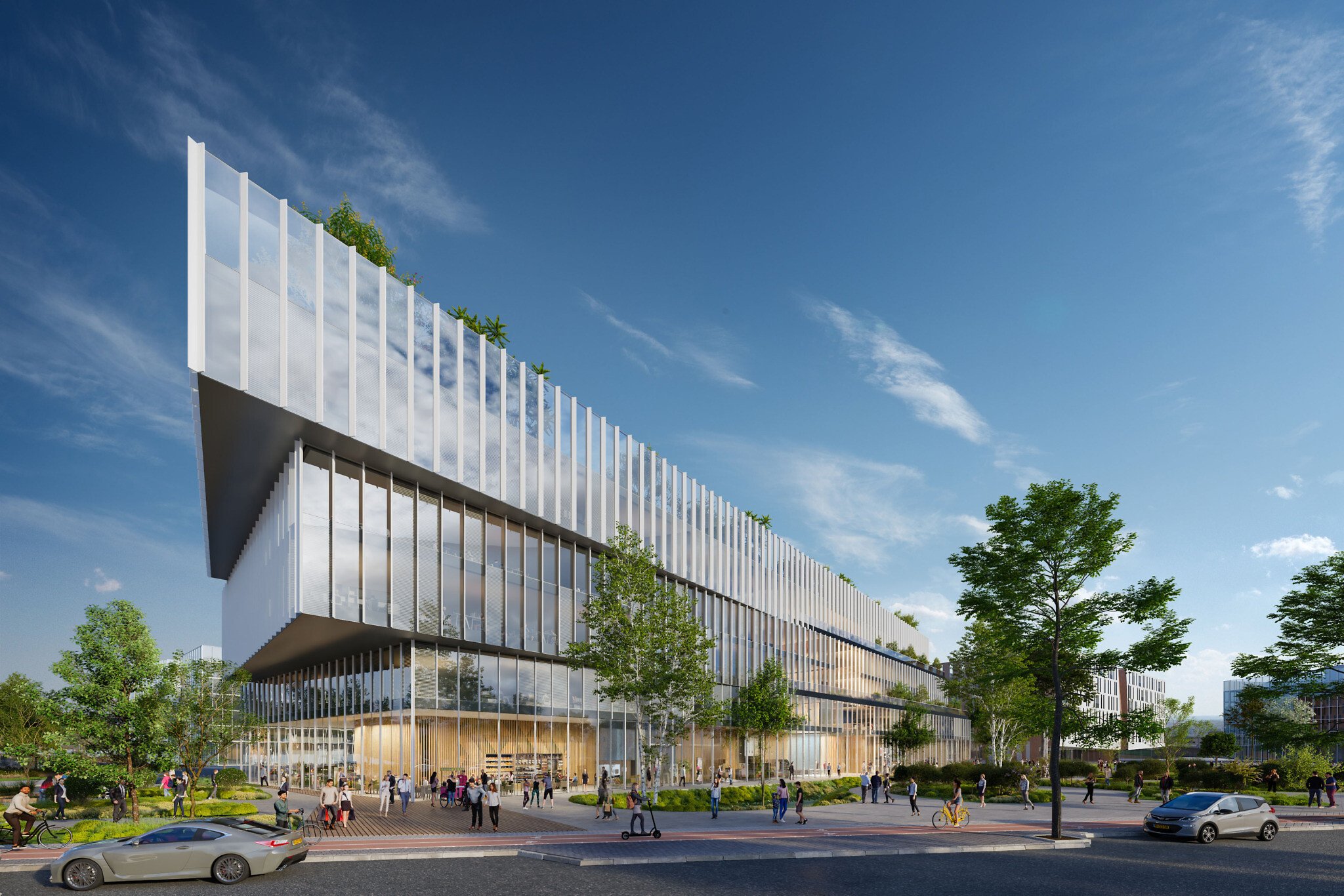
US chipmaker Nvidia on Sunday announced plans to triple the size of its research and development presence in Beersheba, a city in the country’s south, and hire hundreds of additional Israeli staff.
The chip giant will move its current Beersheba R&D center to a newly built, nearby site, three times the size of its existing 1,000-square-meter facility. The new site, located at Beersheba’s Gav Yam high-tech park, covers about 3,000 sqm and is expected to be fully operational by the end of the first half of 2026.
As part of the expansion, Nvidia is seeking to hire hundreds of additional employees in the southern region, including chip developers, hardware and software engineers, architects, students, and university graduates.
Nvidia senior vice president Amit Krig said that the firm’s expansion in Beersheba reflects the chipmaker’s commitment to hunting for the “best engineers — wherever they are.”
“The new site will serve as a professional home for hundreds of additional developers from Beersheba and the surrounding area, who will be part of creating groundbreaking hardware and software technologies and advancing global innovation in artificial intelligence,” said Krig, who heads Nvidia’s R&D operations in Israel.
Nvidia’s R&D activities in Israel are already the firm’s largest outside of the US. The computing giant, valued at more than $4.5 trillion on Wall Street, is one of the country’s largest employers with over 5,000 workers in Israel in seven R&D centers, from Yokne’am in the north through Tel Aviv, Jerusalem, and Ra’anana in the center of the country to Beersheba in the south.
Many of Nvidia’s high-end processors and networking chips, essential for training the largest AI models, are developed at its R&D centers in Israel. As global tech firms including Microsoft, Amazon, Alphabet, and Tesla race to build AI data centers and dominate the emerging technology, demand for Nvidia’s most advanced processors is surging.
“The establishment of Nvidia’s new site tripling its operations in the city is important news for Beersheba and the Negev,” said Beersheba Mayor Ruvik Danilovich. “The decision expresses confidence in Beersheba’s ecosystem, and will create hundreds of new jobs that will strengthen the city’s human capital and cement its position as a leading innovation center.”
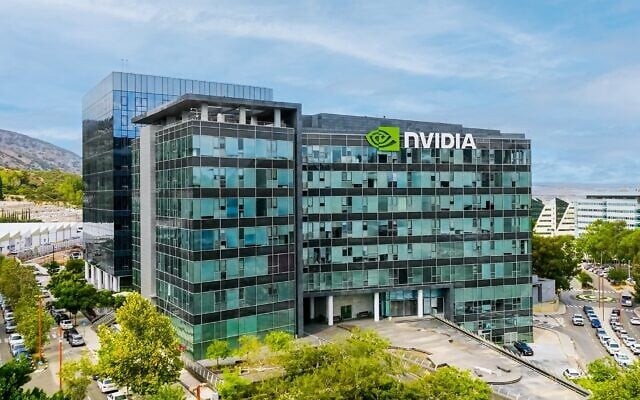
In recent years, Beersheba’s Gav Yam high-tech center, adjacent to Ben-Gurion University of the Negev, has grown into a thriving hub of R&D facilities for leading tech companies, including Microsoft, Dell, Wix, and defense contractors Rafael Advanced Defense Systems and Elbit Systems.
Nvidia’s expansion in the south comes after the chipmaker announced a plan in July to build a massive multibillion-dollar tech campus in Israel’s north, which is expected to provide thousands of jobs. The computing juggernaut is seeking a plot of land spanning 70 to 120 dunams (30 acres) with construction rights to build a campus of 80,000–180,000 sqm in the area of Zichron Yaakov, Haifa, or the Jezreel Valley.
Alongside its R&D operations, Nvidia has made a number of mega acquisitions deals in Israel over the past decade. In December 2024, the chipmaker completed the purchase of Israeli AI workload management startup Run:ai for an estimated $700 million. It marked Nvidia’s largest acquisition in the country since buying Israel’s Mellanox Technologies Ltd., a maker of high-speed servers and storage switching solutions used in supercomputers globally, for a massive $7 billion in 2020.